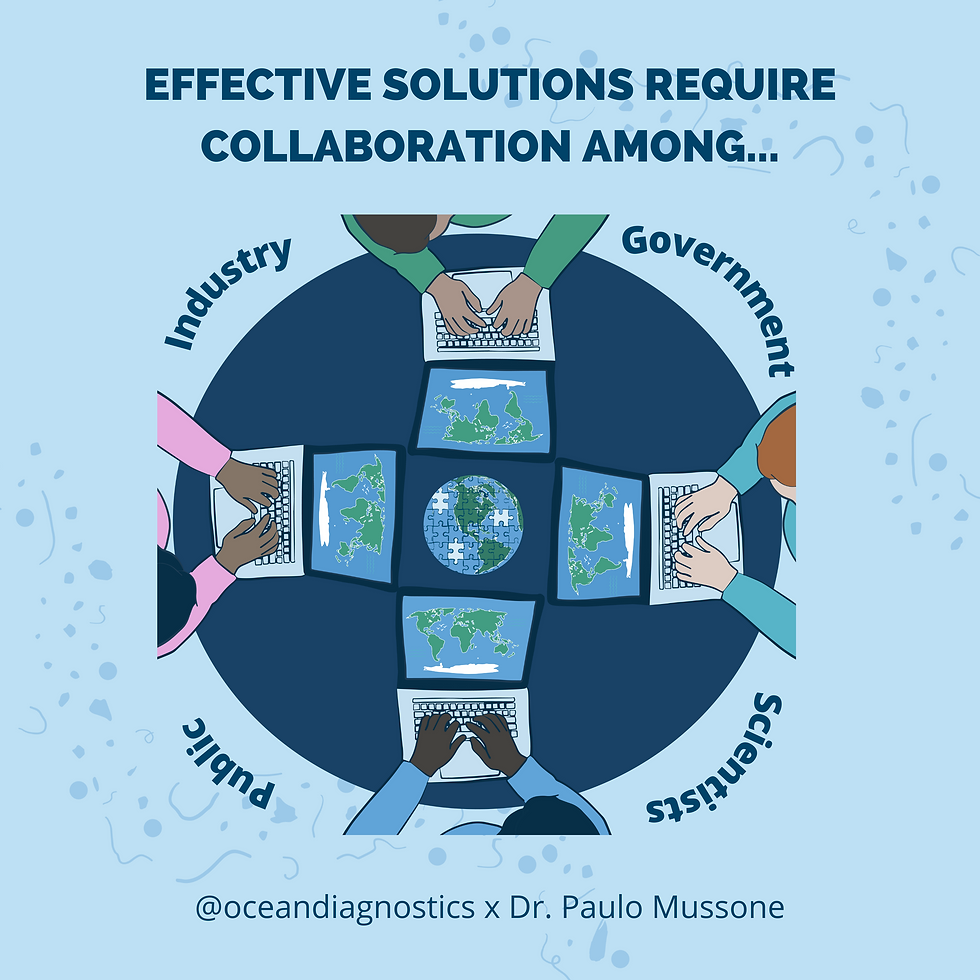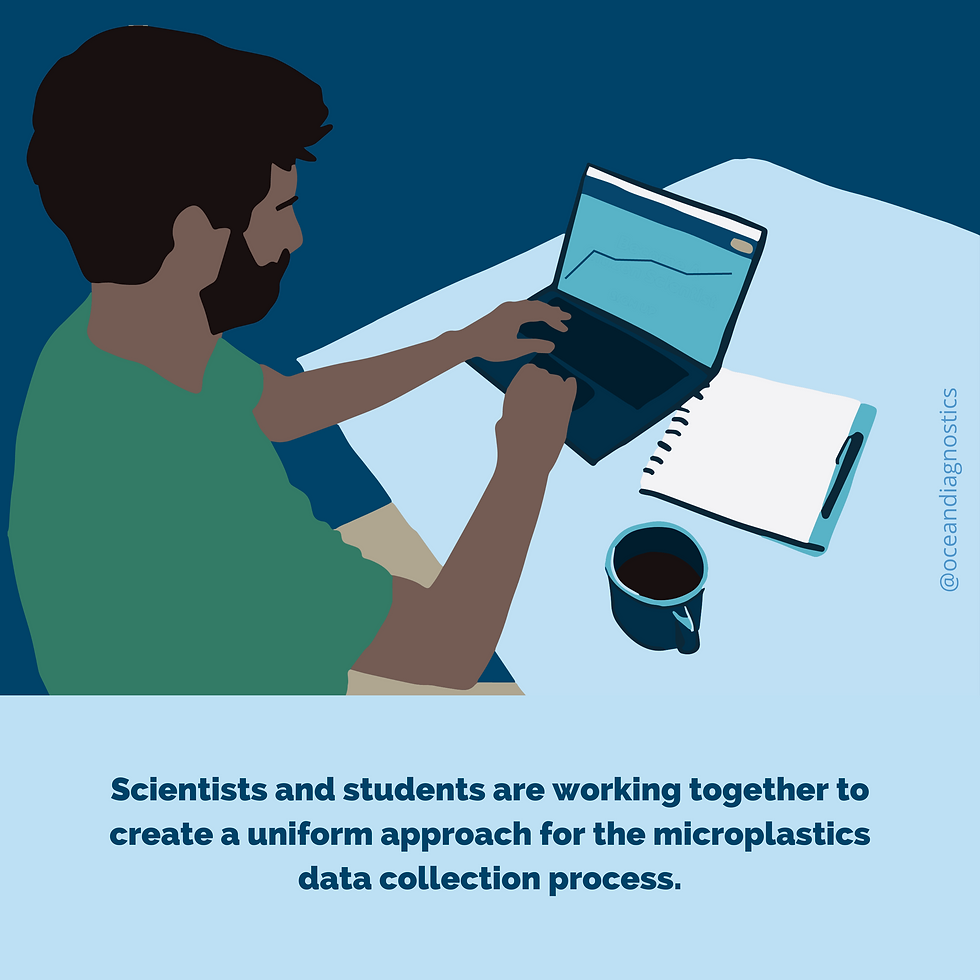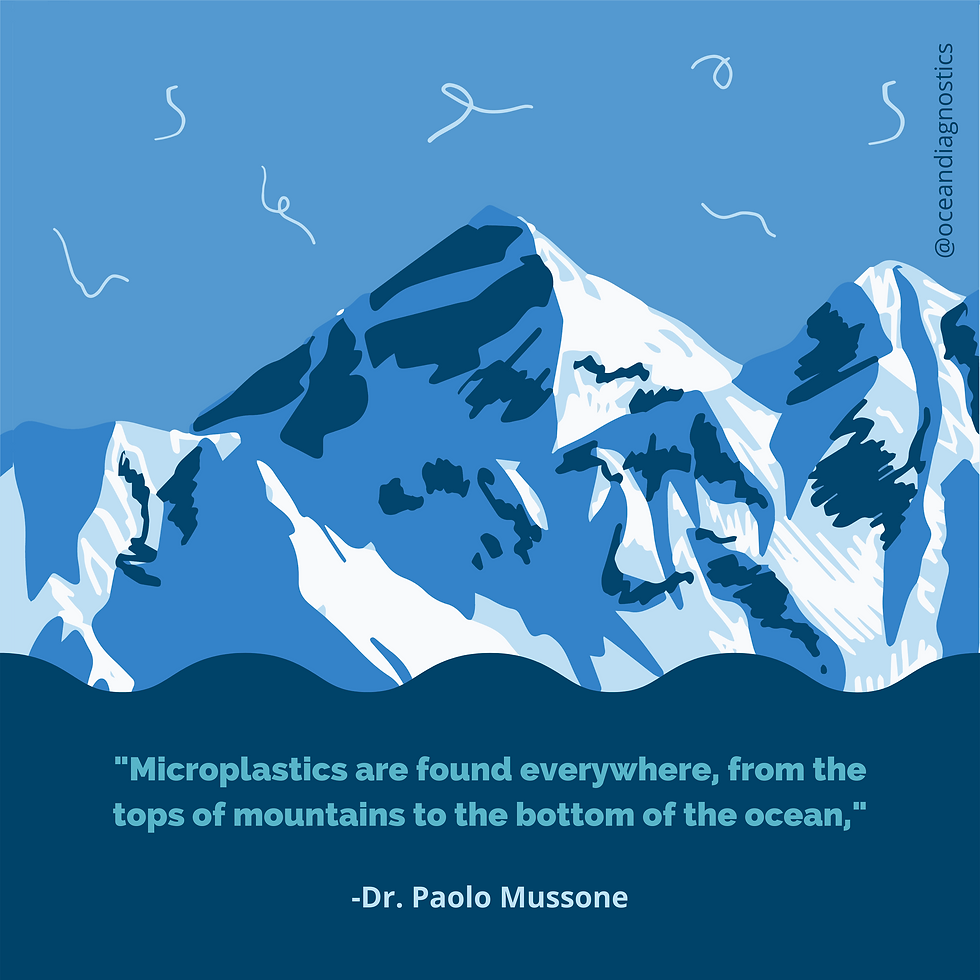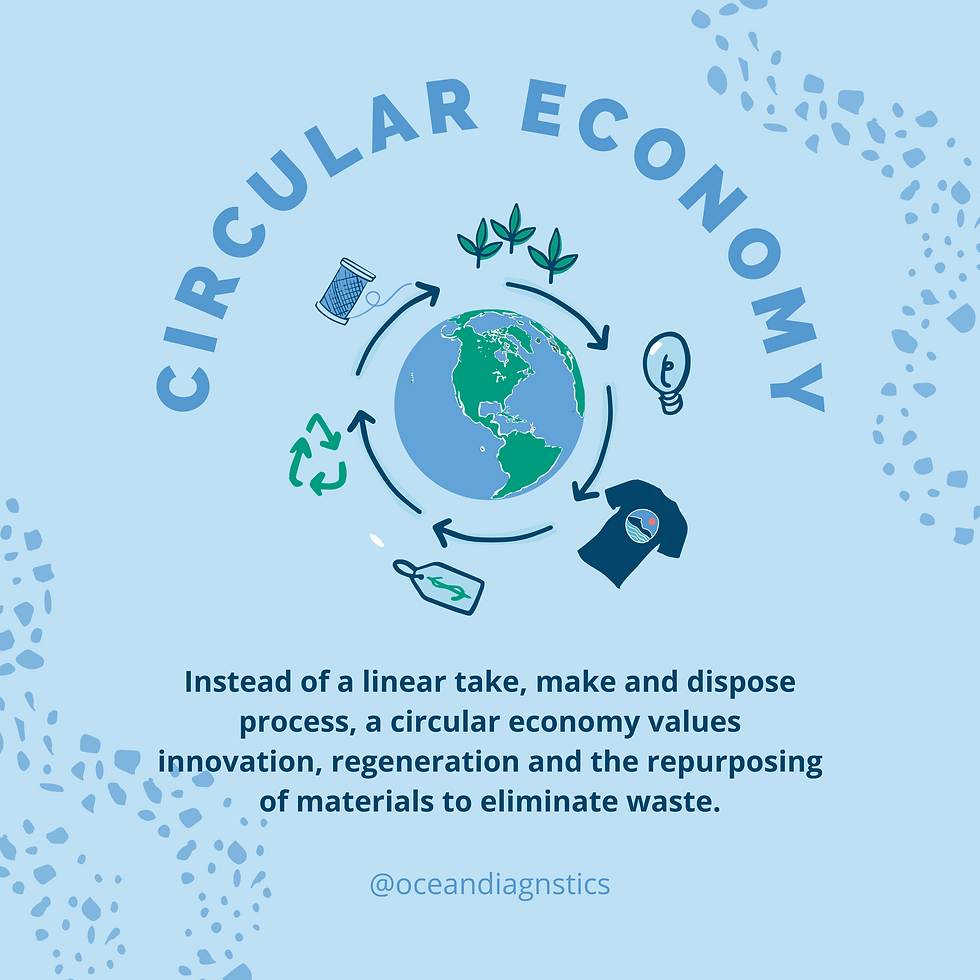Plastic Solutions Require Science & Industry Collaboration

Canadian microplastic scientists have found plastic pollution in Canada’s oceans, lakes and rivers which may threaten our agriculture, food security and health.
Effective solutions require collaboration among government, scientists, industry and the public. Plastic is made from petroleum, so oil and gas companies are often in the hot seat. Yet, these companies will be the first affected by any future, and highly likely, Canadian regulations. The increase in plastics production has been in response to increased consumer demands for plastics products. Effective solutions will need to be effective for the whole supply chain.

To better understand the extent of the problem, impacts and potential solutions, scientists work with plastic producers within the manufacturing industry to identify and influence feasible solutions.
“The key is to make sure plastics remain in the economy and not on our sidewalks..." Dr. Mussone
“The key is to make sure plastics remain in the economy and not on our sidewalks. We need policy and mechanisms to make sure plastic is not landfilled, dispersed or inappropriately used. Waste we see in the environment is a product of a system that does not yet have all the infrastructure necessary to prevent that from happening,” says Dr. Paolo Mussone, Ovintiv Applied Research Chair in Energy at Northern Alberta Institute of Technology (NAIT).
Despite discussions to shift from oil and gas to clean tech, consumer demand and manufacturing needs still place a high demand on fossil fuels. Dr. Mussone leads NAIT’s Clean Technologies Team and works closely with industry partners on multi-disciplinary and multi-stakeholder projects.
“Companies want to understand the occurrence of microplastics in [the river systems they are built near],” explains Dr. Paolo Mussone.
Through Plastics Research in Action (PRIA), Dr. Mussone’s students create methods to collect, remove, count and identify the microplastic polymers in the North Saskatchewan River which runs from the Canadian Rocky Mountains through to Saskatchewan, a common location for manufacturing facilities.
Microplastic research is still very new and when groups use different methods, it makes it difficult to interpret results or compare results to other studies.
“We need a uniform way of generating data, so we can compare apples to apples..." Dr. Mussone
“We need a uniform way of generating data, so we can compare apples to apples,” he says. “The goal is to have consistent methods across Canada and internationally, so we can all speak the same language.”

Microplastics are fragments of larger plastic products, which are often made of polymeric material. Polymer simply means many (“poly”) parts (“meros”); polymers are materials made of many similar molecules bonded together. Polymers are the main ingredient in plastic.
They come in many varieties and their properties make plastic lightweight, easily mouldable, durable, and inexpensive. The microplastics Dr. Mussone and his students study are typically less than 2mm in size, but microplastics are generally defined as any plastic particles smaller than 5mm. They have been found everywhere from the tops of mountains to the bottom of the ocean.
As Dr. Mussone says, “No matter where you look, you will find them.”

Microplastics occur in great quantities around cities where most enter and accumulate in rivers through outflow, but some through snowmelt, runoff and industrial facilities. With little understood about microplastics’ impacts, we need more research on how these plastics impact small organisms, like bacteria.
Dr. Mussone also works on projects related to chemical recycling to reprocess carbon in plastics that would otherwise go into the garbage. The carbon is then transformed into other forms of carbon or added to other plastics. The team recovers landfill plastics and transforms them into additives for asphalt products.
“We work to partially eliminate plastics in landfills, giving them a second life, a second chance to stay in the economy,” he illustrates.
Plastics are on everyone’s mind. They are the linchpin of modern society. We can’t think of doing anything, from when we wake up in the morning to when we go to bed, without plastic in our lives. Dr. Mussone’s team has spent over 3,500 hours working with students on this project.

“They all see themselves as part of the solution. They see themselves as making a positive change to science...They see themselves as an Agent of Change and able to have an impact,” he reflects. Citizens also ask him how they can influence a circular economy that keeps the usefulness of plastic in the economy without producing pollution.
By working with multi-disciplinary stakeholders and scientists, industry can ensure their needs are met while helping to reduce Canada’s plastic pollution impacts. In the spirit of collaboration and a common desire to do the right thing, which is to manage this material appropriately, Dr. Mussone has seen industry come to the table and participate in funding the work.
As he says, “It is encouraging to see collaborations between industry and research teams. To get to achievable solutions we need to work together.”
About Us
Ocean Diagnostics Inc is an environmental impact company that develops technologies and laboratory capabilities to standardize microplastics data collection and analysis. The company works closely with academic and government partners to advance microplastic science. ODI has partnered with Environment and Climate Change Canada to share information on microplastic pollution from Canadian plastic experts. Learn more here.
